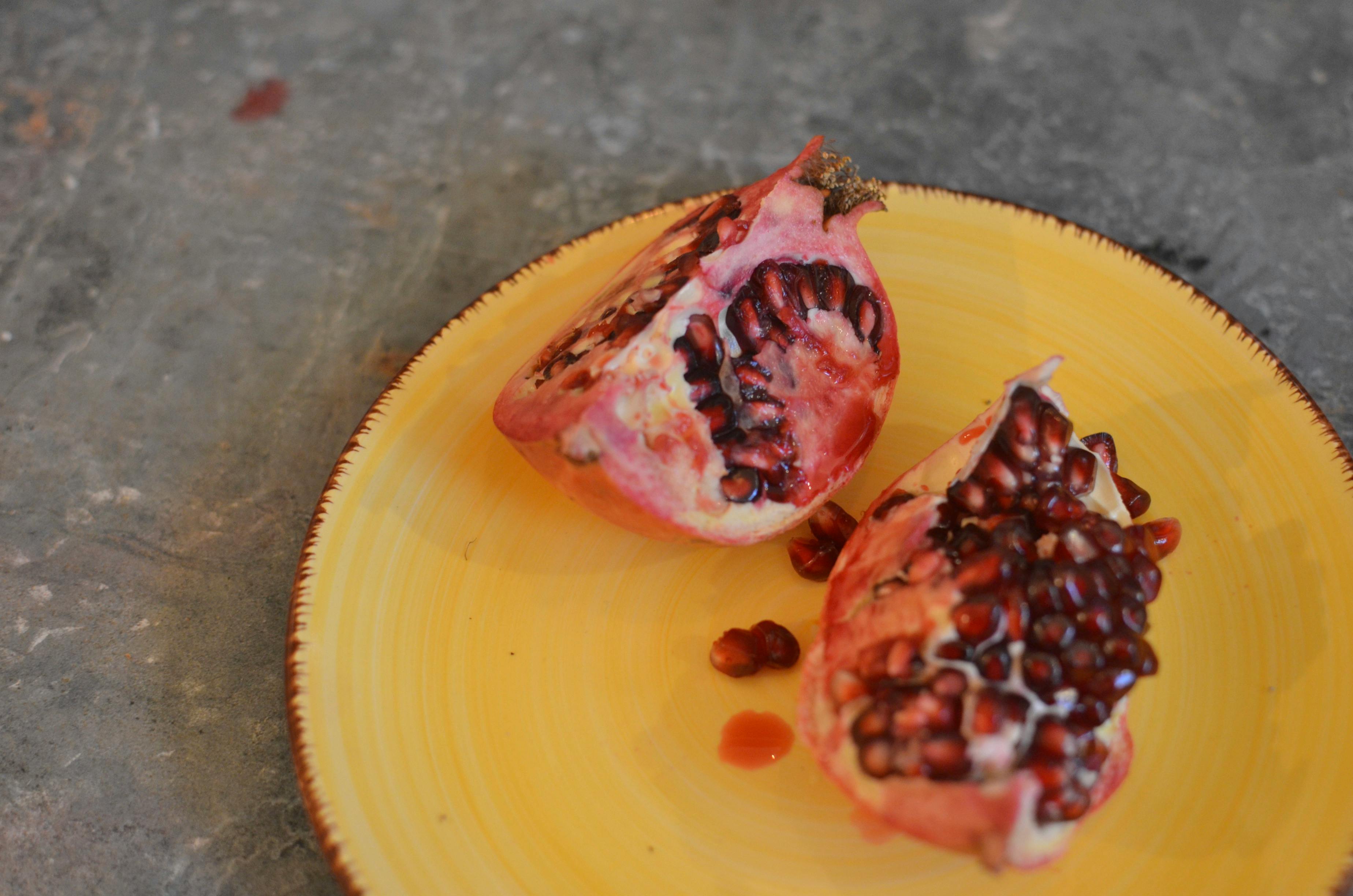The beginning of spring means “going out with the old and in with the new”, and although it is customary to do a “spring cleaning” in our closets, garages and other areas of the house, too often we neglect cleaning and updating. of one of the most important. places in our house – the medicine cabinet.
Spring cleaning your medicine cabinet begins with identifying expired medications, both over the counter and those prescribed by a doctor, which can often deteriorate and be harmful if swallowed. The expiration dates are set by the manufacturers as a guarantee that until that date, the drug will maintain its potency as manufactured.
However, medications can also expire before their expiration date if not stored properly, especially when they come in contact with moisture, heat, or sunlight that can alter medications regardless of their expiration date.
Ironically, medications tend to break down where they are most frequently found, on bathroom shelves or in kitchen cabinets, where their exposure to heat and humidity is often greatest. Instead, consider cool, dry, dark places between 59 and 80 degrees like your refrigerator, a hall closet, or a dresser drawer for safe storage, as long as they are out of the reach of children.
In addition to expired medications, remove empty or nearly empty bottles that are not
contain enough medicine for a full dose. Discard items that are not properly sealed or stored. If you have partially used prescriptions, contact your doctor to determine if they should be saved.
Never allow children or pets to find discarded medicine. Flushing medications down a drain or toilet can contaminate groundwater supplies, while disposing of them in the trash can ultimately damage the soil. Instead, ask your local pharmacy if they accept expired medications. Most pharmacies will pass them on to a certified hazardous substance collection program for proper disposal.
If you need to dispose of your medications, please store them in their original, child-resistant, airtight containers. Leave the label on, but cross out your name to protect your privacy. Add a little water to the tablets and put a little flour in the liquids. Conceal the vials by placing them in empty margarine containers or paper bags before throwing them away.
Once your old medications are discarded, restock your supplies with the basics: pain relievers, antiseptics, antibiotic ointments, and bandages. Anti-inflammatories, medications for diarrhea, nausea and constipation, as well as sunscreen are also recommended. Update and restock your first aid kit with plasters, antiseptic wash, and spring scrape ointment.
Above all, think of your medicine storage space as more than just a place to find something to take care of a headache or pain, but a central location where an adult can access medicine and first aid supplies at any time of the day. or at night.
